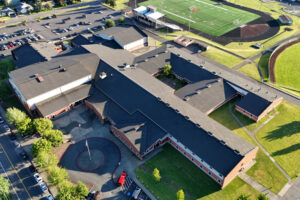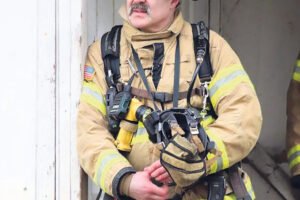UPDATE: The Camas City Council will hold a public hearing on the proposed urban tree program at the council’s regular meeting at 7 p.m., Monday, Aug. 6. A previous version of this article listed an incorrect date for the hearing.
Efforts to preserve Camas’ urban trees in the midst of rapid residential and commercial development are moving forward.
Camas Planning Commission members voted in mid-June to send a proposed urban tree program forward to Camas City Council.
On July 2, council members agreed to open a public hearing to discuss the pros and cons of establishing a citywide urban tree program. That hearing will be held at 7 p.m., Monday, Aug. 6.
“Sarah has done a great job working with the ad hoc committee … and it’s about time we get some teeth in protecting our (tree) canopies,” Camas Councilwoman Bonnie Carter said July 2, referring to Sarah Fox, the city’s senior planner who has been working on the proposed urban tree program for the past two years.



